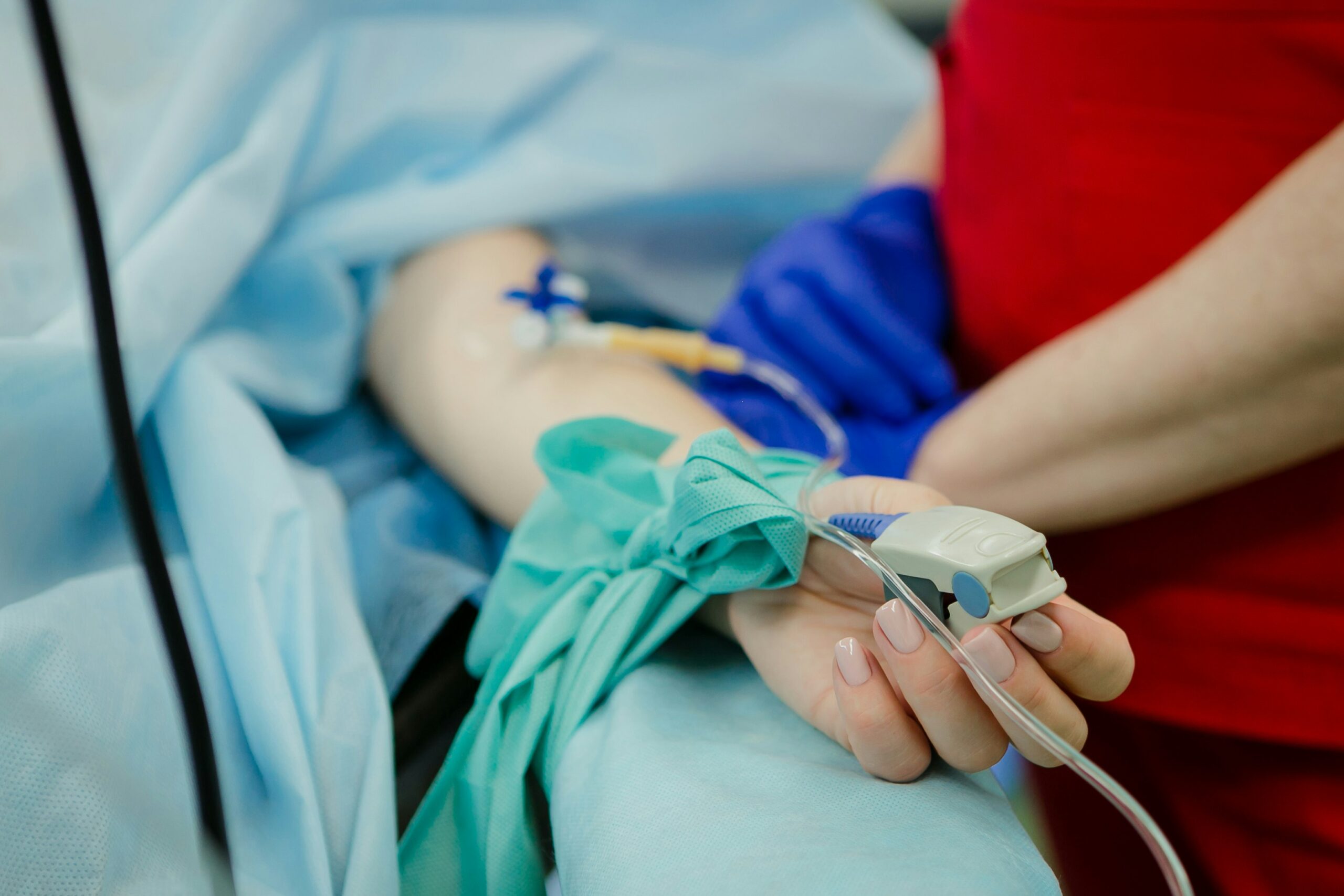Philanthropy in Action: How Private Giving Is Revolutionizing Emergency Medicine

Emergency medicine is often the first line of defense during life-threatening situations. Yet, many public health systems face limited budgets that restrict the expansion of services, technology, and training. This is where private giving steps in, bridging gaps and fueling advancements that otherwise might remain out of reach.
Philanthropic contributions not only provide immediate financial relief but also empower emergency departments to innovate faster than public funding cycles typically allow. These donations can transform how medical teams respond to crises, ensuring that more patients receive timely and effective care.
Advancing Medical Technology
One of the most noticeable impacts of private donations is the acceleration of medical technology adoption. Emergency rooms increasingly rely on cutting-edge tools such as portable ultrasound devices, AI-driven diagnostic systems, and advanced monitoring equipment. These innovations, often costly, become accessible when philanthropists channel their support into technology investments.
Furthermore, private giving enables hospitals to trial emerging technologies sooner, reducing the lag time between invention and implementation. As a result, patients benefit from quicker diagnoses, less invasive procedures, and overall improved survival rates. Transitioning from outdated methods to modern solutions becomes smoother when philanthropy plays a role.
Expanding Access to Care
Private donations also help extend the reach of emergency medicine to underserved communities. Whether through funding rural clinics or supporting mobile emergency units, philanthropic investments ensure critical care is not limited to urban centers. This expansion reduces health disparities and brings lifesaving services closer to those who need them most.
Additionally, many donor-funded initiatives focus on emergency preparedness in vulnerable regions. By building satellite facilities, supplying medical kits, or training local responders, philanthropy ensures that communities are not left behind during emergencies. Ultimately, access to high-quality emergency medicine becomes less about geography and more about equity.
Supporting Training and Education
Emergency medicine requires highly skilled professionals capable of handling unpredictable scenarios. Private giving plays a pivotal role in funding specialized training programs, fellowships, and continuing education for physicians, nurses, and paramedics. These investments enhance readiness and confidence in high-pressure situations.
Equally important, donor-backed scholarships and residencies attract new talent to the field. By reducing financial barriers for medical students and early-career professionals, philanthropy ensures a stronger and more diverse pipeline of emergency medicine specialists. In the long run, this investment in human capital translates into better patient outcomes.
Fueling Research and Innovation
Research in emergency medicine often lacks dedicated funding streams compared to other specialties. Private giving fills this gap by underwriting clinical trials, pilot projects, and data-driven studies. From exploring new trauma care methods to refining stroke protocols, donor-backed research accelerates breakthroughs that can save countless lives.
In addition, philanthropic support fosters collaboration between hospitals, universities, and research institutes. These partnerships, made possible through targeted donations, allow researchers to share knowledge and scale innovations faster. Consequently, what begins as a small study funded by private giving can grow into a globally adopted best practice.
Preparing for Future Crises
The COVID-19 pandemic underscored the importance of being prepared for global emergencies. Private donors were instrumental in funding rapid testing centers, expanding ICU capacities, and providing frontline workers with protective gear. These contributions highlighted the agility and responsiveness of philanthropy compared to slower-moving public processes.
Looking ahead, private giving is expected to remain a cornerstone in preparing for the next crisis. From investing in telemedicine infrastructure to supporting stockpiles of critical supplies, donors play a proactive role in shaping a resilient healthcare system. This foresight ensures that emergency medicine is not only reactive but also strategically equipped for future challenges.
Private giving is no longer a peripheral contributor to emergency medicine—it is a driving force behind its transformation. By funding technology, expanding access, supporting education, fueling research, and preparing for crises, philanthropy reshapes the future of urgent care. In a world where emergencies can strike without warning, the generosity of donors helps ensure that medical teams are always ready to respond with speed, innovation, and compassion.
Additional Information
- Blogs
- fueling research, medical kits, public health
- Dr. Seth Eidemiller